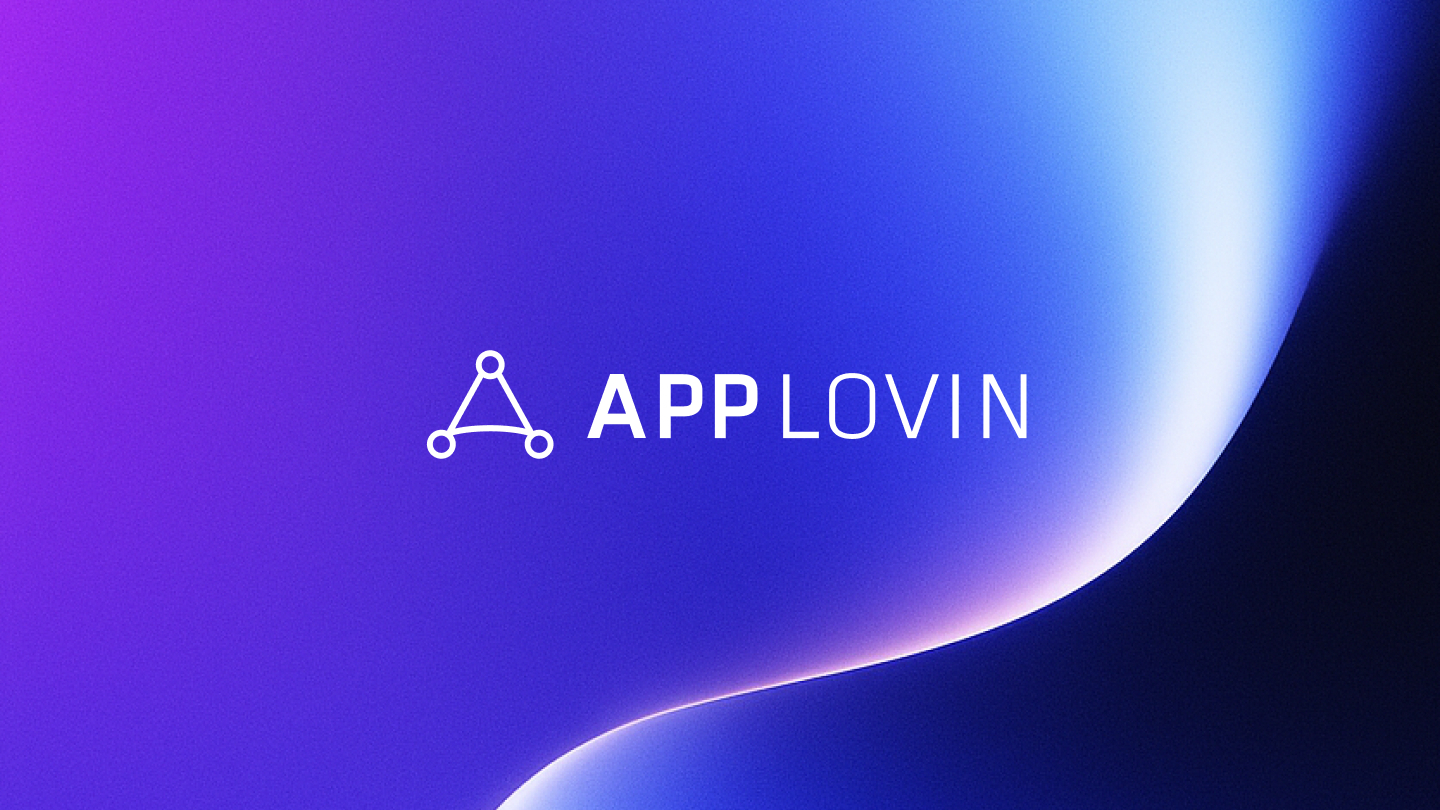In-app Purchases (IAPs)
What are in-app purchases (IAPs)?
An in-app purchase (IAP) is the purchase of virtual goods, services, or additional content within a mobile app. IAPs are made by users while they are using the app and are typically facilitated through various payment methods, such as credit cards, digital wallets, or app store accounts.
IAPs offer app developers and publishers a way to generate revenue beyond traditional methods like selling the app itself or displaying ads. In-app purchases allow developers to design their apps in such a way that users have the option to buy various in-app items, features, or subscriptions.
Common examples of IAPs include:
- Virtual goods: Virtual goods are items within gaming apps that enhance the user experience, such as character outfits, power-ups, virtual currency, weapons, or decorative items.
- Unlockable content: Developers can offer users the ability to access premium content or features after making a purchase. This could include levels, chapters, advanced tools, or special modes.
- Subscriptions: Some apps offer subscription models where users pay a recurring fee to access premium content, services, or features on an ongoing basis. This is common in apps providing streaming, fitness, productivity, or entertainment services.
- Consumables: Consumables are items that can be used up or consumed, often within gaming or gamefied learning, fitness, or health apps. Examples include extra lives, energy, tokens, or points needed to advance to higher levels, as well as other resources that can help users progress faster.
- DLC (downloadable content): Additional content packs, expansions, or updates that users can purchase to extend the gameplay or functionality of the app.
Why are IAPs important?
IAPs can significantly boost an app’s revenue potential, especially if the app has a dedicated user base and offers compelling and valuable content through the purchases. However, it’s important for developers to strike a balance between providing value to users and avoiding an overly aggressive monetization strategy that could negatively impact user experience or perception.
In addition, the design and implementation of IAPs should adhere to the guidelines and policies set by platform-specific app stores (such as Apple’s App Store or Google Play Store) to ensure a fair and transparent user experience.

